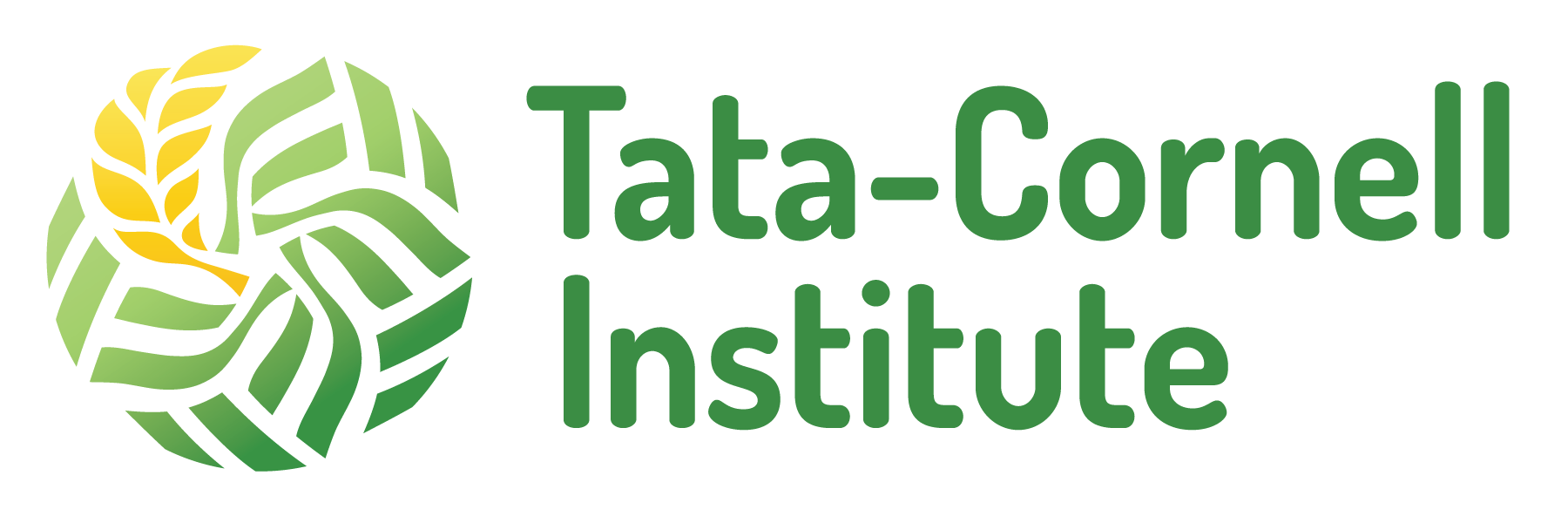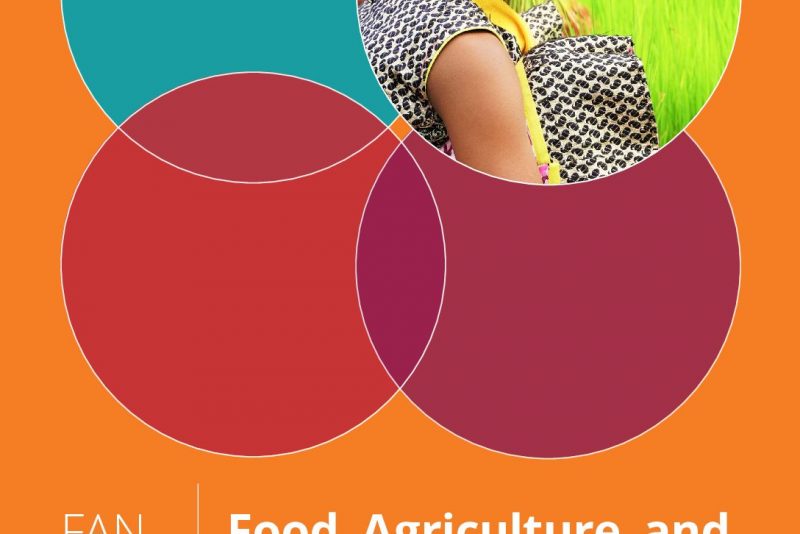Soumya Gupta is a PhD candidate at Cornell’s Dyson School and a research scholar with the Tata-Cornell Agriculture and Nutrition Initiative (TCi). She was a 2015 Next Generation Delegate at the Global Food Security Symposium convened by the Chicago Council. The symposium this year focused on leveraging food systems for improved nutrition. This post originally appeared on the Chicago Council’s Global Food for Thought blog.
Multisectoral approaches for tackling micronutrient malnutrition are increasingly being propagated with a focus on agriculture in general, and gender dynamics in particular. This was also reflected in this year’s theme for the Global Food Security Symposium 2015, hosted by The Chicago Council. The mix of academics, policymakers, industry leaders, and entrepreneurs at the Symposium presented not only various ways to leverage agriculture for improved nutritional outcomes, but also the different scales at which such innovations are being implemented. The need to focus on women’s agency to influence nutritional outcomes in the household was emphasized both at the Symposium and in the accompanying report, Healthy Food for a Healthy World: Leveraging Agriculture and Food to Improve Global Nutrition, which was released at the event.
The rural poor are among the most food insecure and malnourished people in the world, and are most often directly involved in small-scale agricultural production. Amongst them, women account for 43 percent of the agricultural labor force in developing countries and slightly more than 30 percent in South Asia and India. However, their access to productive resources, inputs, and services for agriculture reflects a “gender gap” that is most often rooted in social norms specific to a given geography and culture. This disparity in access to productive resources may lower women’s agricultural productivity, control of household income and decisions, as well as restrict adoption of new technologies or practices.
The nature of the farming systems in which women practice agriculture may be quite important for determining the extent of the disparities observed through this gender gap. The diversity of crops and animals raised, farm management practices, the orientation of farm output – that is, whether it’s used for subsistence or sale– and the type of labor employed may all play a role. However, very little research has systematically examined the connection between farming systems and the empowerment of women, relative to men, specifically in the domain of agriculture.
The Women’s Empowerment in Agriculture Index (WEAI), developed by the International Food Policy Research Institute (IFPRI), the Oxford Poverty and Human Development Initiative (OPHI), and the United States Agency for International Development (USAID), presents a first step in analyzing women’s empowerment in a multidimensional framework specific to agriculture. It computes empowerment levels for men and women in the same household, thereby allowing for a measure of individual empowerment as well as women’s empowerment relative to that of men (also known as gender parity).
While women’s empowerment influences choices made in the realm of agriculture, it can also influence nutritional outcomes. Women can play a crucial role in alteration of intra-household dynamics that can result in improved health and nutrition outcomes, especially for children. This is driven globally by a change in their control of income, decision-making power, access to health services, and nutrition education while recognizing constraints of time and resources faced by them. However women’s empowerment remains the least studied agriculture-nutrition pathway.
As part of the Tata-Cornell Agriculture and Nutrition Initiative, my research work in rural India applies the WEAI to four different farming systems. I use the component indicators to see how empowerment and gender parity influence women’s iron status, via the pathway of women’s dietary intake. The extension of such an analysis to iron deficiency is relevant given that it is the most prevalent micronutrient deficiency in the world and a serious public health concern in India. Women of the reproductive age group, in rural communities, constitute a vulnerable sub-group of the population.
My research also goes beyond the traditional estimates based on hemoglobin and develops rates of prevalence and depth of iron deficiency in women based on data from multiple biochemical assays that together account for both, iron levels as well as inflammation. This is the first time that multi-dimensional measures of empowerment, extensive data on actual iron status and recently developed measures of dietary diversity are being applied to an Indian context. I look forward to analyzing the results of my research work and interpreting how they can contribute to policy design, as both agriculture and nutrition continue to be problem-sectors for India.



